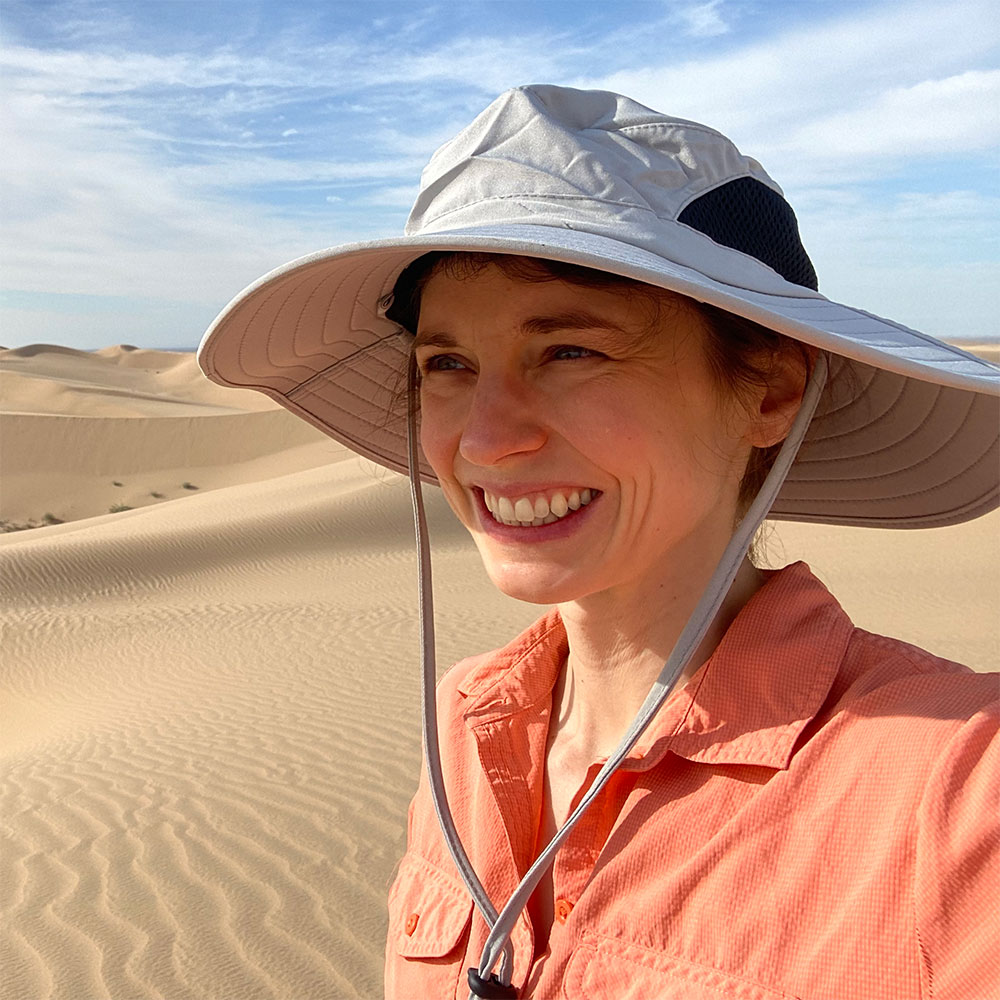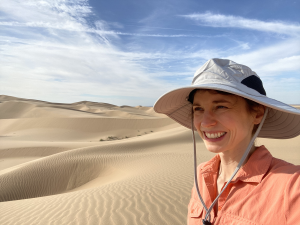

The search for life on ocean worlds
NASA has formed the Network for Ocean Worlds (NOW) to advance comparative studies to characterize Earth and other ocean worlds across their interiors, oceans, and cryospheres; to investigate their habitability; to search for biosignatures; and to understand life—in relevant ocean world analogues and beyond. The network is designed to accelerate ocean worlds research by facilitating communication among active research teams funded across NASA divisions and by expanding community-wide engagement.
As a NASA Astrobiology Research Coordination Network, NOW is organized around 4 key science themes and seeks to enrich the Ocean Worlds research community through pursuit of 5 priority areas of activity.
NOW Mission
- To Identify and stimulate novel directions of inquiry through enhanced communication within NASA’s ocean worlds PI community.
- To Pursue activities that both reveal and address critical knowledge gaps in ocean worlds research.
- To Stimulate and facilitate new ocean worlds collaborations to undertake high-impact interdisciplinary research.
- To Identify and integrate research on Earth and other ocean worlds (e.g. oceans, their interiors, and the cryosphere) to catalyze synergistic studies that identify the conditions and potential for life.
- To Cultivate and augment the training of a new generation of interdisciplinary ocean worlds researchers.
NOW research themes:
-
Physical and Chemical Properties of Ocean Worlds
-
Life Detection on Ocean Worlds
-
Establishing Well-Validated Analog Study Sites for Ocean Worlds
-
Coordinating Technology Development for Ocean Worlds Missions
NOW areas of activity:
-
Supporting Membership and Mentorship
-
Enhancing Communication within the NOW Network
-
Developing Workshops and Meetings beyond the NOW Network
-
Stimulating Research Synergies beyond the NOW Network
-
Promoting Outreach beyond the NOW Network
Q: How Does NOW Work and Who is Welcome?
(A: Anyone interested in Ocean Worlds!)
NOW has four co-leads and a project coordinator, each with different expertise (see below), and a Steering Committee that is made up of leadership representatives from our companion early career organization Future Leaders for Ocean Worlds (FLOW) plus 1 representative from each NASA-funded team conducting Ocean Worlds research that chooses to join (currently 101 projects). All collaborators within each of those constituent projects are invited to join the Ocean Worlds Team as Members and, to provide opportunities for all researchers interested in Ocean Worlds, beyond those who have already secured relevant peer-reviewed funding from NASA, we also welcome anyone interested to apply to join as Affiliates.
Three key areas of interest
The Network for Ocean Worlds will help guide the search for life beyond Earth by broadening the base of oceanographic expertise throughout astrobiology, but particularly in three key areas:
Geophysics
Exploring the distinct geophysical evolution of ice-covered ocean worlds and the processes occurring at their ice-ocean and ocean-rock interfaces provides unique opportunities for comparative studies throughout the solar system, especially in the Arctic and Antarctic.
Ocean Systems
Ocean worlds provide a first opportunity for comparative studies between Earth and other planets that are not only critical to understanding habitability beyond Earth but also to a better understanding of Earth’s ability to sustain life through time.
Life
Analog and theoretical studies of resource exchange, the generation of life-supporting energy—especially at rock-water and ice-ocean interfaces, and signs of life in Earth’s cryosphere and ocean will advance our understanding of life on Earth and on ocean worlds.









